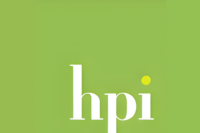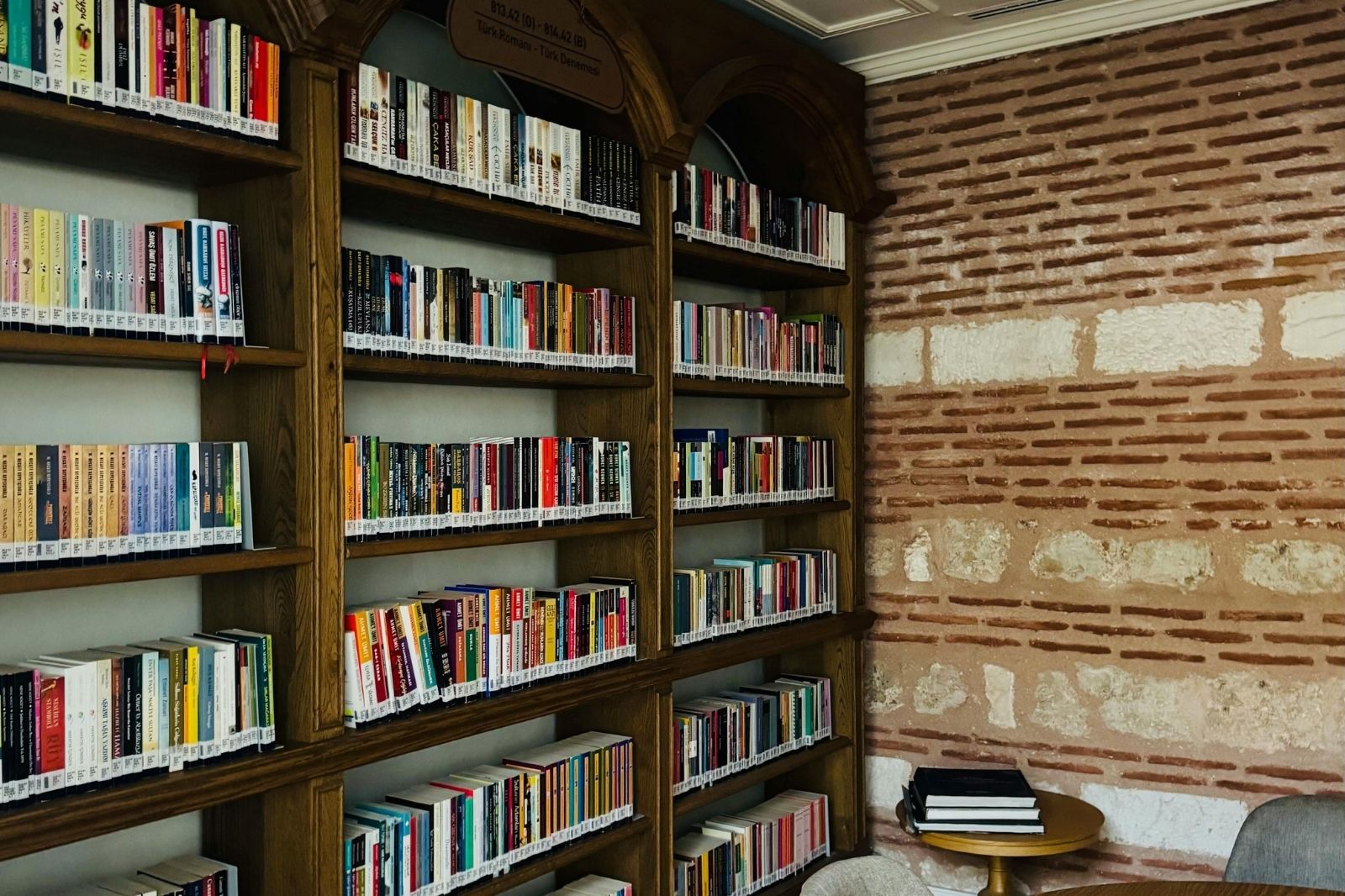- Home
- Articles
- Architectural Portfolio
- Architectral Presentation
- Inspirational Stories
- Architecture News
- Visualization
- BIM Industry
- Facade Design
- Parametric Design
- Career
- Landscape Architecture
- Construction
- Artificial Intelligence
- Sketching
- Design Softwares
- Diagrams
- Writing
- Architectural Tips
- Sustainability
- Courses
- Concept
- Technology
- History & Heritage
- Future of Architecture
- Guides & How-To
- Art & Culture
- Projects
- Interior Design
- Competitions
- Jobs
- Store
- Tools
- More
- Home
- Articles
- Architectural Portfolio
- Architectral Presentation
- Inspirational Stories
- Architecture News
- Visualization
- BIM Industry
- Facade Design
- Parametric Design
- Career
- Landscape Architecture
- Construction
- Artificial Intelligence
- Sketching
- Design Softwares
- Diagrams
- Writing
- Architectural Tips
- Sustainability
- Courses
- Concept
- Technology
- History & Heritage
- Future of Architecture
- Guides & How-To
- Art & Culture
- Projects
- Interior Design
- Competitions
- Jobs
- Store
- Tools
- More
Affordable Tools and Resources for Architecture Students: Budget-Friendly Tips and Tricks

Embarking on a journey in architecture is both thrilling and demanding, especially when it comes to managing costs. As architecture students, we often find ourselves juggling between expensive software, textbooks, and essential tools. But what if we told you there are affordable resources that don’t compromise on quality?
In this article, we’ll explore budget-friendly tools and resources that can help us excel in our studies without breaking the bank. From cost-effective software alternatives to free online courses, we’ve got you covered. Let’s dive into how we can make the most of our architectural education without the financial strain.

Table of Contents
ToggleEssential Tools for Architecture Students
Architecture students need certain tools to excel in their studies. Affordable options exist that don’t compromise on quality.
Drawing and Drafting Equipment
Students need quality drawing and drafting equipment. Essential items include mechanical pencils, parallel rulers, T-squares, erasers, and compasses. KOH-I-NOOR offers mechanical pencils under $10. ALVIN’s parallel rulers and T-squares cost around $20-$25. Staedtler’s Mars Plastic erasers are available for about $1.50 each. For a reliable compass, the Staedtler Comfort Compass is priced at around $10.
Software and Digital Tools
Efficient software and digital tools are crucial. Autodesk provides free access to AutoCAD and Revit for students. SketchUp offers a discounted student version for $55 annually. Blender, an open-source 3D modeling tool, is free. Adobe Creative Cloud offers a student discount, with monthly fees starting at $19.99. Each tool helps in design, modeling, and presentation tasks, saving both time and money.

Affordable Educational Resources
Architecture students can access numerous affordable educational resources to enhance their learning. These resources include books, magazines, online courses, and tutorials.
Books and Magazines
Books and magazines provide valuable insights and inspiration for architecture students. Reference books such as “Architecture: Form, Space, and Order” by Francis D.K. Ching and “Building Construction Illustrated” offer in-depth knowledge on architectural principles and techniques. Subscribing to magazines like Architectural Digest and Dezeen provides updates on industry trends and innovative designs. Many public libraries offer these books and magazines, making them accessible at no cost.
Online Courses and Tutorials
Free online courses and tutorials expand architecture students’ skill sets. Platforms like Coursera, edX, and Udacity offer architecture-related courses taught by industry experts. Websites, such as YouTube and Lynda.com, host tutorials on software like AutoCAD, Revit, and SketchUp. These videos cover essential skills and advanced techniques, helping students master necessary tools affordably. Many universities offer free or discounted access to these platforms for students.
Students can maximize their learning while minimizing costs by utilizing these affordable educational resources.
Maximizing Limited Budgets
Architecture students often need to manage tight budgets while accessing the necessary tools and resources for their education. Affordable alternatives and smart purchasing decisions go a long way in stretching every dollar.
Tips for Buying Used or Discounted Equipment
Purchasing secondhand or discounted equipment helps keep costs down. Many students sell their lightly used tools upon graduation, offering significant savings for new students. Websites like eBay and Craigslist list used drafting tables, cutting mats, and other essential items. Brick-and-mortar shops often have clearance sales, especially during back-to-school seasons.
We recommend joining architecture student forums and social media groups where members frequently post about equipment for sale. Schools sometimes hold swap meets, providing another opportunity to buy used items at reduced prices. Combining these resources ensures students obtain quality equipment without overspending.

DIY Tools and Material Alternatives
Creating DIY versions of expensive tools aids in budget management. For instance, building a custom lightbox using LED strips and translucent panels costs much less than buying a commercial one. Cardboard and chipboard serve as cost-effective alternatives for modeling materials; these materials are sturdy yet cheap.
Utilizing household items creatively reduces expenses. Binder clips, for example, function as clamps during glue-ups, and kitchen spatulas aid in clay modeling. Visiting craft stores reveals various materials like foam board and hobby knives that work well for architectural projects.
These techniques and resources help architecture students thrive without overextending their finances, enabling them to focus on their studies and creativity.
Conclusion
Balancing financial constraints with the demands of an architecture program can be challenging, but by using the right tools and resources, students can manage expenses effectively. Leveraging quality, affordable drawing tools and drafting equipment, such as AutoCAD, Revit, SketchUp, Blender, and Adobe Creative Cloud, ensures access to industry-standard software without breaking the bank.
Exploring educational resources, including books, magazines, online courses, and tutorials, offers valuable knowledge at lower costs. Platforms like Coursera, edX, and Udacity provide comprehensive learning opportunities, while YouTube and Lynda.com deliver practical software tutorials. Utilizing public libraries and university resources for free or discounted access is a smart way to acquire essential materials.
Purchasing used or discounted equipment, considering DIY tools, and using material alternatives can significantly reduce costs. Engaging in student forums, creatively reusing household items, and opting for inexpensive materials like foam board and hobby knives contribute to effective budget management.
Ultimately, these strategies empower architecture students to focus on their studies and creativity without financial strain. By optimizing the use of affordable tools and resources, it’s possible to achieve academic and professional success within a constrained budget.
Submit your architectural projects
Follow these steps for submission your project. Submission FormLatest Posts
How to Arrange Furniture in a Small Room: Smart Space Solutions
Arranging furniture in a small room can feel challenging, but with the...
How Underfloor Heating Affects Home Design
Underfloor heating has moved far beyond the realm of luxury upgrades. Today,...
A Full Guide To Selecting Durable Steel Protection For Your Home
Choosing the right steel protection for your home is a long-term investment...
Must-Read Architecture Books for Students in 2026
In an era shaped by AI tools, digital workflows, and global challenges,...












Leave a comment